
Marcasite: a gemstone with a dual identity
Written by Jane Chadwick on Jun 01, 2022 | 0 Comments
A lustrous gemstone with a subtle golden glint, marcasite has been used in jewellery for thousands of years. Used by the ancient Greeks and Egyptians, the Incas in South America, and made fashionable by Queen Victoria and the Art Nouveau, marcasite is still a popular gemstone to this day.
If you are thinking of adding a piece of marcasite jewellery to your collection you may be interested to find out more before purchasing. Below you will find our guide to marcasite, including the answers to questions like:
- What is marcasite?
- How is marcasite used
- Why choose marcasite jewellery?
- How to care for marcasite jewellery?
1. What is marcasite?
This is actually a trickier question than you might think. Marcasite is an iron sulfide (FeS2) which has a lovely metallic, silvery gold luster. But this is a relatively brittle mineral that easily cracks or crumbles and so does not lend itself well to being cut or shaped. Marcasite can also tarnish very easily with moisture, creating sulphuric acid and an unattractive greenish black tinge.

Greenish tinged crystals of marcasite
Photo Credit: Marcasite by Kaarel Tiidus - The Estonian Museum of Natural History
So why on earth would you want to use marcasite in jewellery you ask? The answer is we don’t! Marcasite actually has a much more robust and tarnish-resistant twin called pyrite. Pyrite has the same chemical composition as marcasite, FeS2, but a slightly different structure that makes it stronger, more workable, and much more resistant to tarnishing.
Historically in the late medieval and early modern eras the term “marcasite” meant any and all iron sulfides, including both pyrite and marcasite. Chemically these two minerals are indistinguishable from each other and they also look very similar - even miners called pyrite marcasite until the 19th century.
It was only in 1845 that these two were identified as structurally different minerals. Jewelers had been making “marcasite” jewellery for centuries so the old naming convention stuck and remains to this day in the gemstone trade - even though the mineral used is actually the much more suitable pyrite.
So when you see “marcasite” jewellery, remember that it is actually marcasite’s stronger, more durable twin pyrite that has been used. And as jewelers we use the term marcasite when we are actually talking about pyrite. Confused? Hopefully not!
2. How is marcasite used?
“Marcasite” has been used to decorate jewellery since the time of the ancient Greeks and Egyptians. Jewellery lover Cleopatra was reportedly a fan of marcasite and had it in her extensive collection. Across the Atlantic, the Inca with their worship of the sun used golden glinting marcasite to make plates and mirrors as well as beautiful jewellery.
Marcasite jewellery gained popularity in the 18th century when diamonds were banned in Switzerland. Marcasite took diamonds place and became very fashionable in the 19th century Victorian era with Art Nouveau jewellery designers.
Queen Victoria had a big hand in this, wearing marcasite jewellery in her mourning after the death of Prince Albert in 1861. Opulent diamond-studded jewellery began to be seen as too garish. Subtle glinting marcasite filled the gap for stylish nobility in the know.
3. Why choose marcasite jewellery?
Marcasite is a beautiful gemstone for jewellery, a seemingly incongruous mix of understated style but with an eye-catching glimmer. As a plentiful mineral typically cut into small rose-cut stones, marcasite is also relatively inexpensive and can give a great bang for your buck.
Marcasite is a perfect accent stone
Marcasite is the ultimate accent stone whether paired with lustrous pearls or other gemstones. Given their subtle luster and their natural affinity with white metals, marcasite is a versatile stone that adds depth and style to any jewellery design.
Marcasite gives an instant antique heirloom feel
Given its popularity in the 18th and 19th centuries, marcasite is synonymous for many with antique jewellery. Even in modern pieces, marcasite gives an antique or vintage touch that many collectors appreciate. It is a go-to stone for those looking for an instant family heirloom and is an especially popular choice for brides looking for a vintage look.
Marcasite is hardwearing
With an above average hardness and good resistance to tarnishing, marcasite (really pyrite) is also a reasonably hard wearing stone that can be set in almost any type of jewellery including rings, earrings, bracelets or pendants.
Marcasite represents creativity
Pyrite, as its name suggests, has the ability to spark fire. It is perhaps this feature and its association with Art Nouveau, that has led marcasite to come to represent expressiveness, knowledge, boldness, and creativity.
4. How to care for marcasite jewellery?
If you already own a piece of lovely marcasite jewellery, or are thinking of buying one, and are wondering about how to keep it looking its best, here are our marcasite jewellery care tips.
Marcasite jewellery benefits from regular care and maintenance just as with any piece of fine jewellery. You can read our general jewellery care tips here.
Although less likely to tarnish than true marcasite, pyrite stones used in marcasite jewellery can tarnish with time if exposed to high humidity. Ensure it is entirely dry before storing safely in a low-humidity setting. It is also best to keep it dry if at all possible, so remove it when showering, swimming, or exercising. And as with any fine jewellery, keep away from harsh chemicals.
Marcasite jewellery from My Irish Jeweler
You are now well on your way to becoming a marcasite expert. We are proud to offer our customers a beautiful selection of marcasite jewellery designed and made here in Ireland.
So if you are thinking that a marcasite piece might be for you, have a look at our selection or get in touch by email, phone, or by booking a virtual appointment. We would be delighted to answer any questions you might have.
Get In Touch
Have a question or something you're not entirely sure about when browsing our pieces? Please reach out. You can send us a note or give us a call—the Dublin workshop is here to make sure that you have a perfect experience from start to finish with My Irish Jeweler.
Follow us on Facebook and Instagram, to see what's new and upcoming. Join our Email list for early offers and special features.

Jane Chadwick
My Irish Jeweler
Born in Dublin but reared in Canada, as a child I had an interest in Ireland that will be familiar to many young emigrants. I was completely fascinated, wanting to know all about the land of my parents and grandparents. Rare month-long family trips back "Home" cemented my love for Ireland. And I wore my Irish heritage with pride, sporting my tiny silver Claddagh gifted to me by my Irish grandparents until my finger grew too large for it!
As a young adult I moved back to Dublin, studying Geology and Mineralogy in university at historic Trinity College Dublin. After living in Denmark and the Netherlands working as a scientist and university mineralogy lecturer, I finally settled back home in Dublin. I joined the growing family at My Irish Jeweler in 2016, bringing my useful knowledge of metals and minerals as well as my perspective as an Irish emigrant with a love for HOME.
Comments



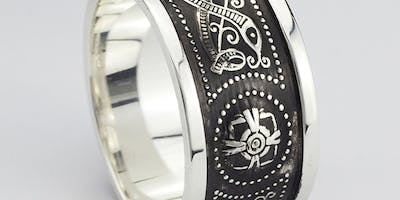

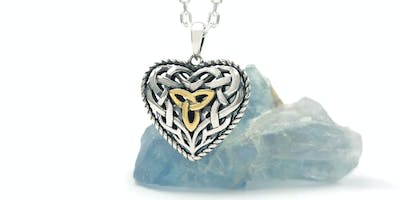
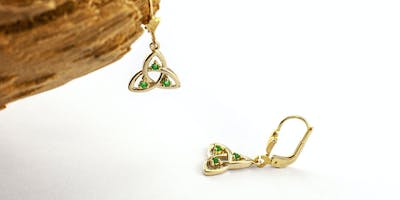

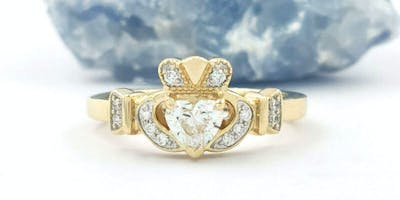
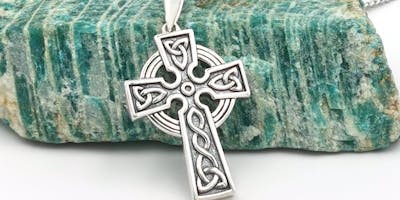
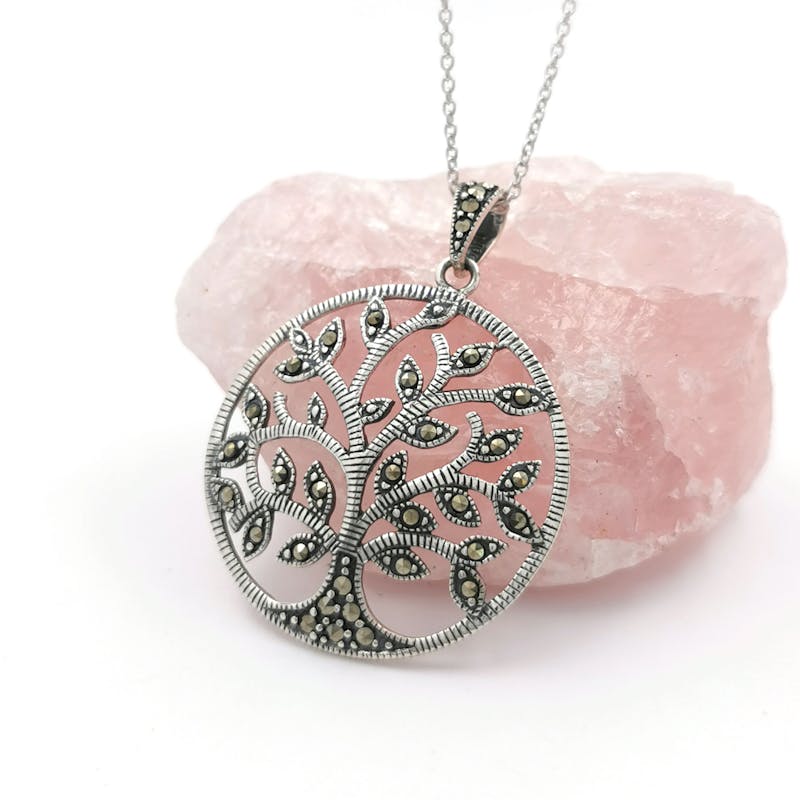



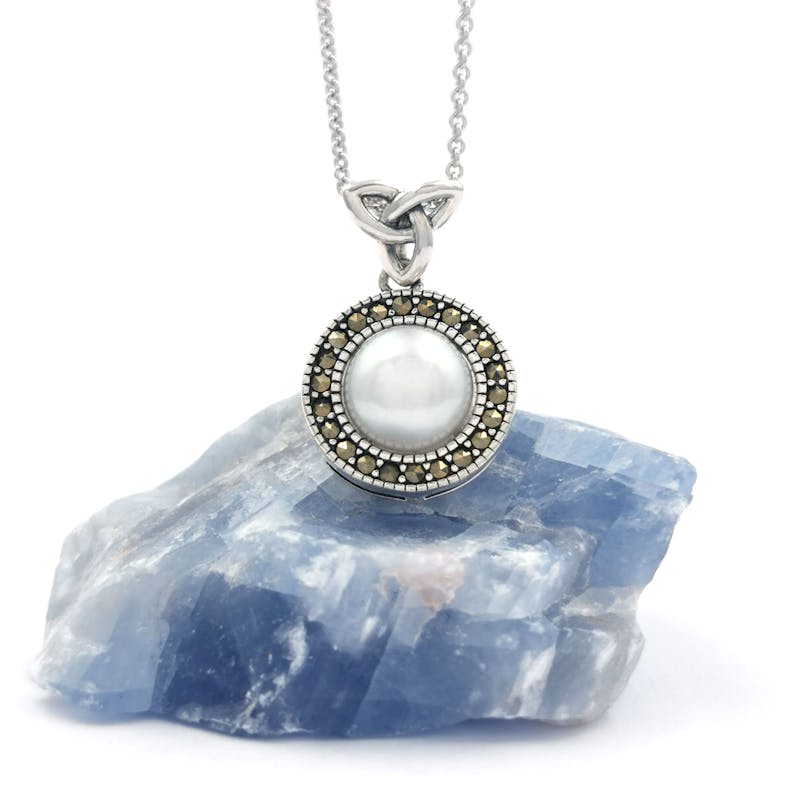





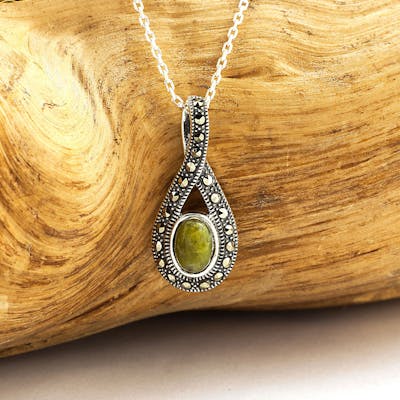

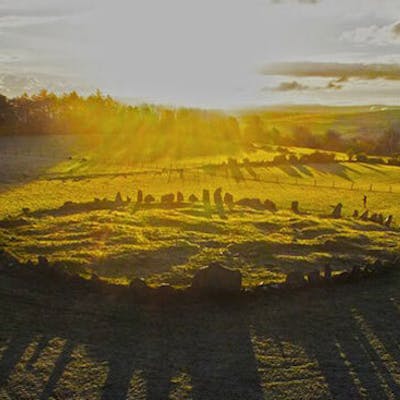
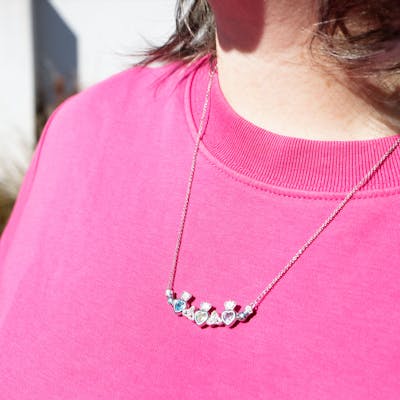


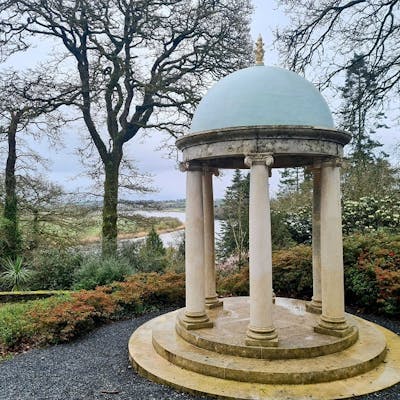
 Ask Gemma
Ask Gemma